International Management: A Detailed Analysis of Cross-Cultural Models
VerifiedAdded on 2023/04/07
|19
|941
|81
Essay
AI Summary
This essay provides a detailed analysis of cross-cultural models in international management, with a focus on the Lewis Model, which categorizes cultures into linear-active, multi-active, and reactive types. The analysis includes the model's strengths and weaknesses, ethical issues across cultures, and the importance of cross-cultural communication. It also addresses managing change across cultures, highlighting Lewin's change management model (unfreeze, change, refreeze) as a method for organizations to adapt to economic crises, changes in law and regulations, social developments, global competition, and demographic trends. The essay references various authors and their contributions to understanding cultural dimensions, emphasizing the need for organizations to evolve continuously to survive in a globalized world. Desklib offers a wide array of resources, including past papers and solved assignments, to aid students in their academic pursuits.
1 out of 19
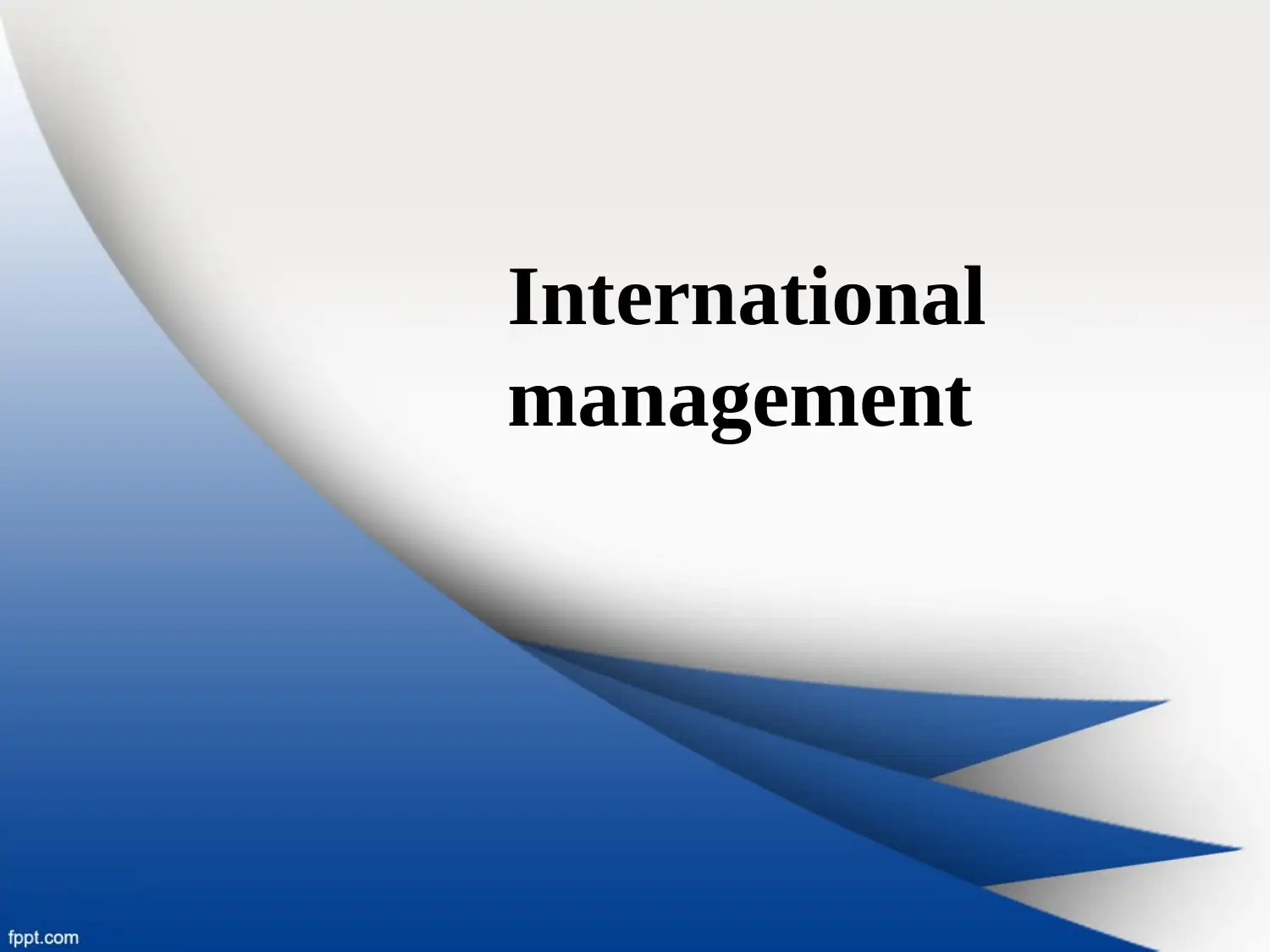
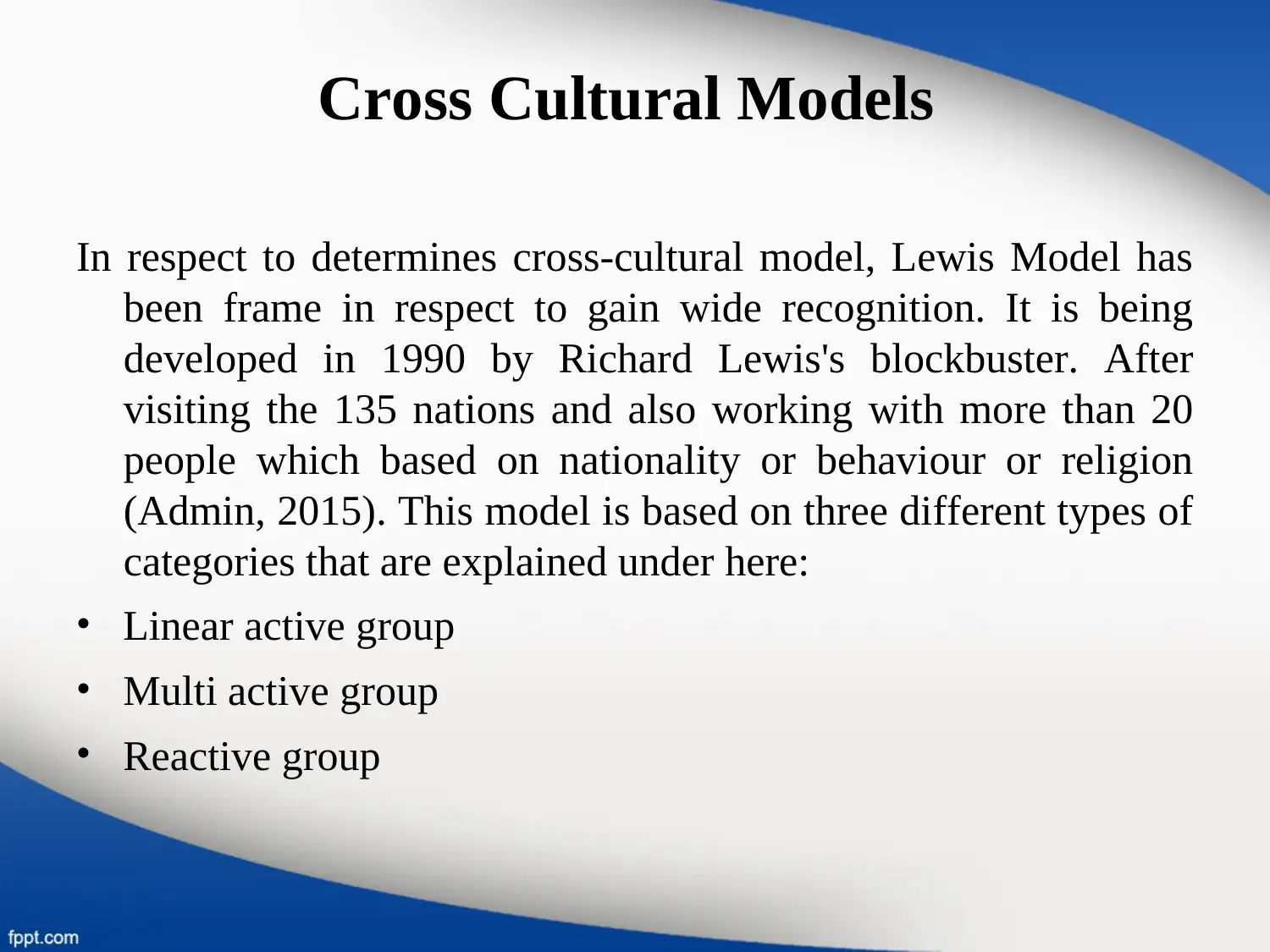
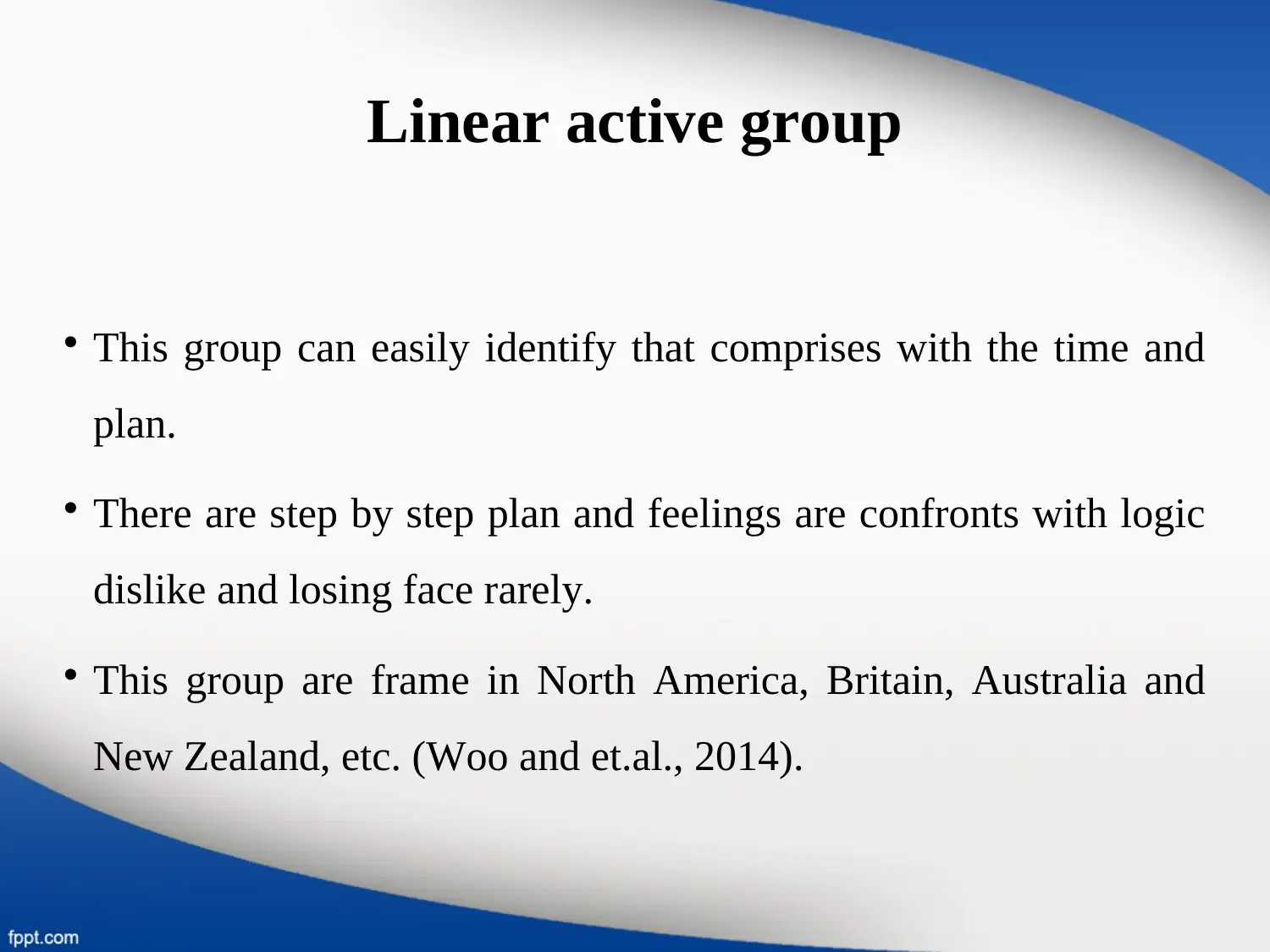

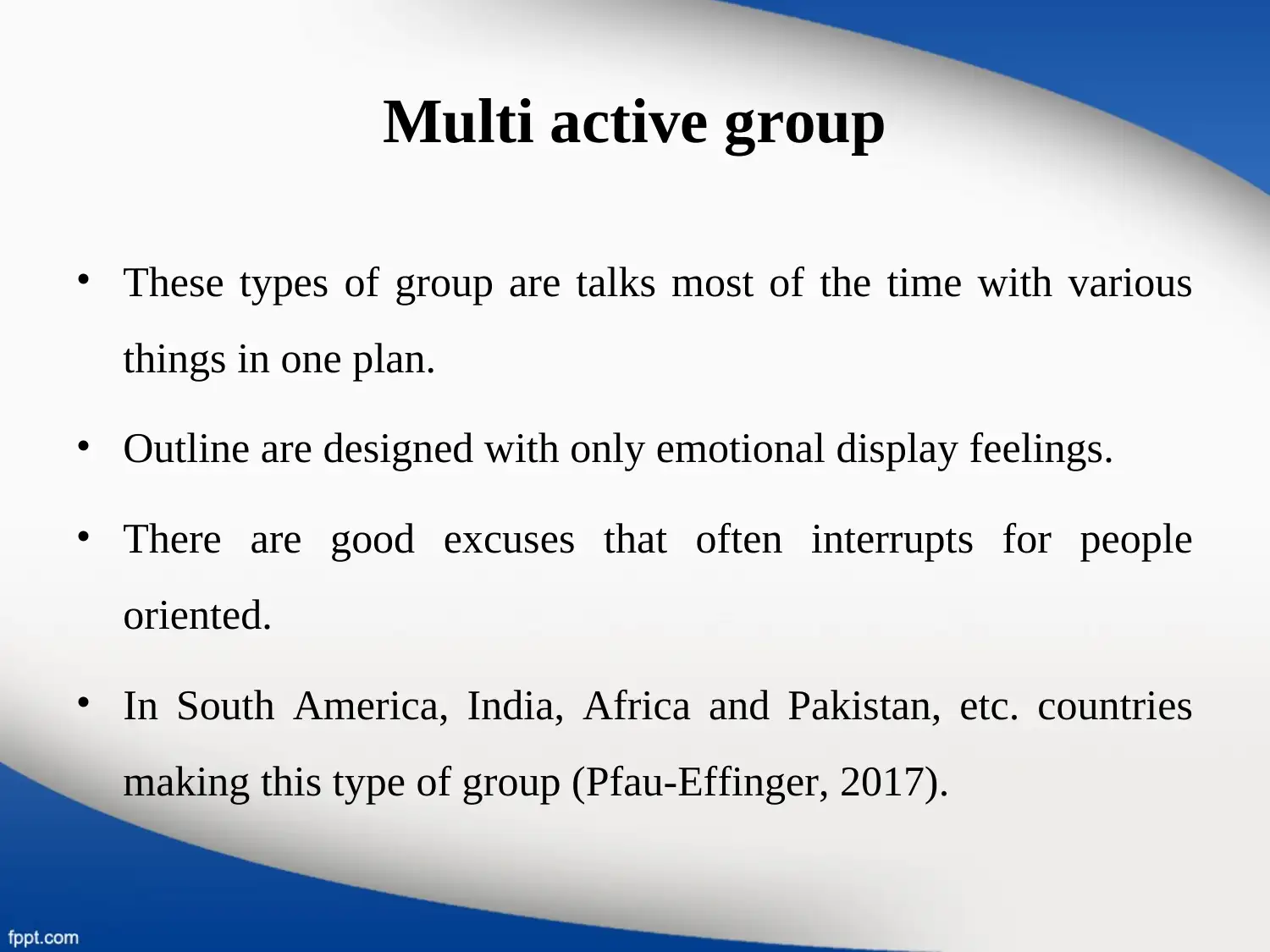
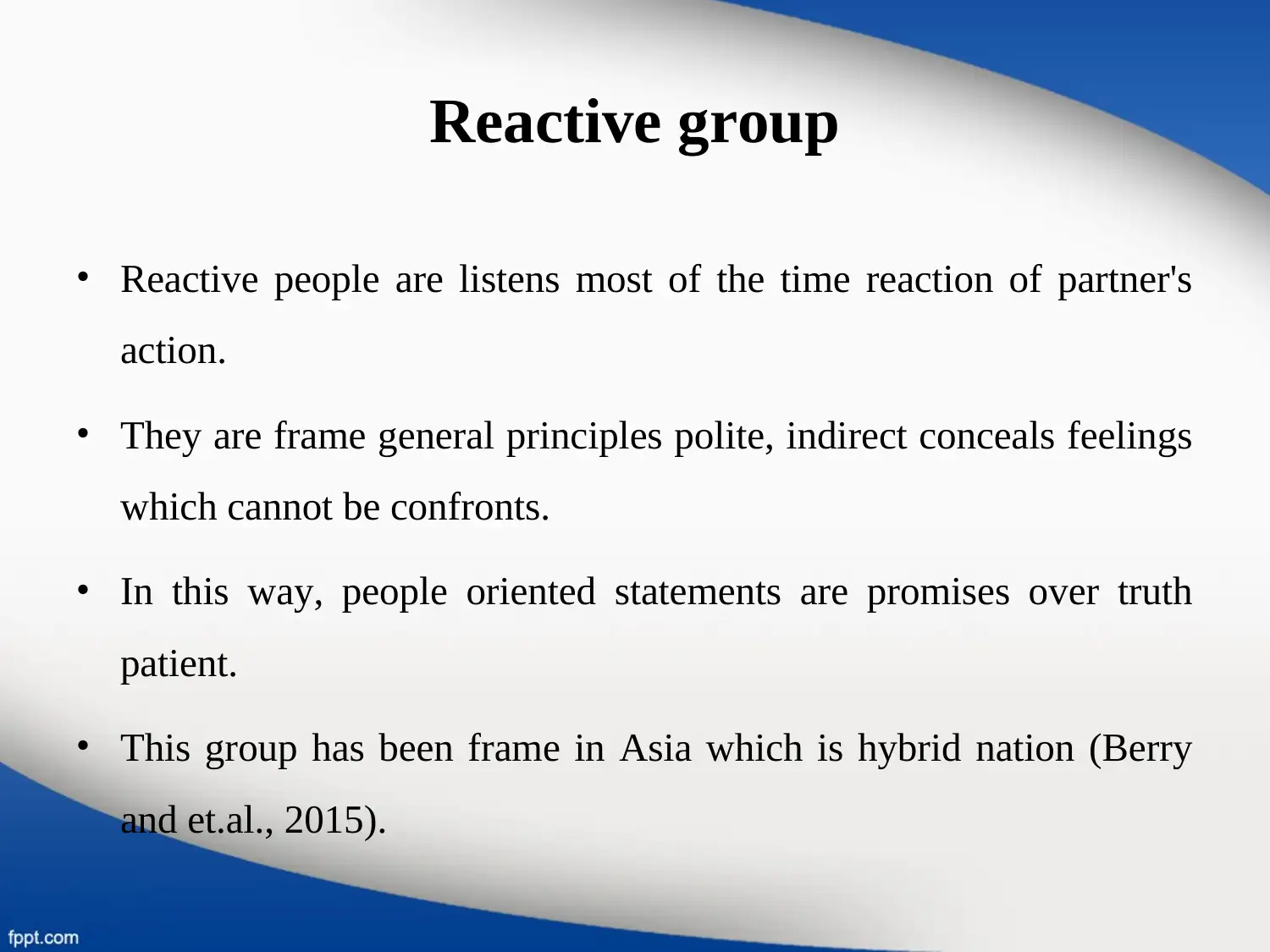
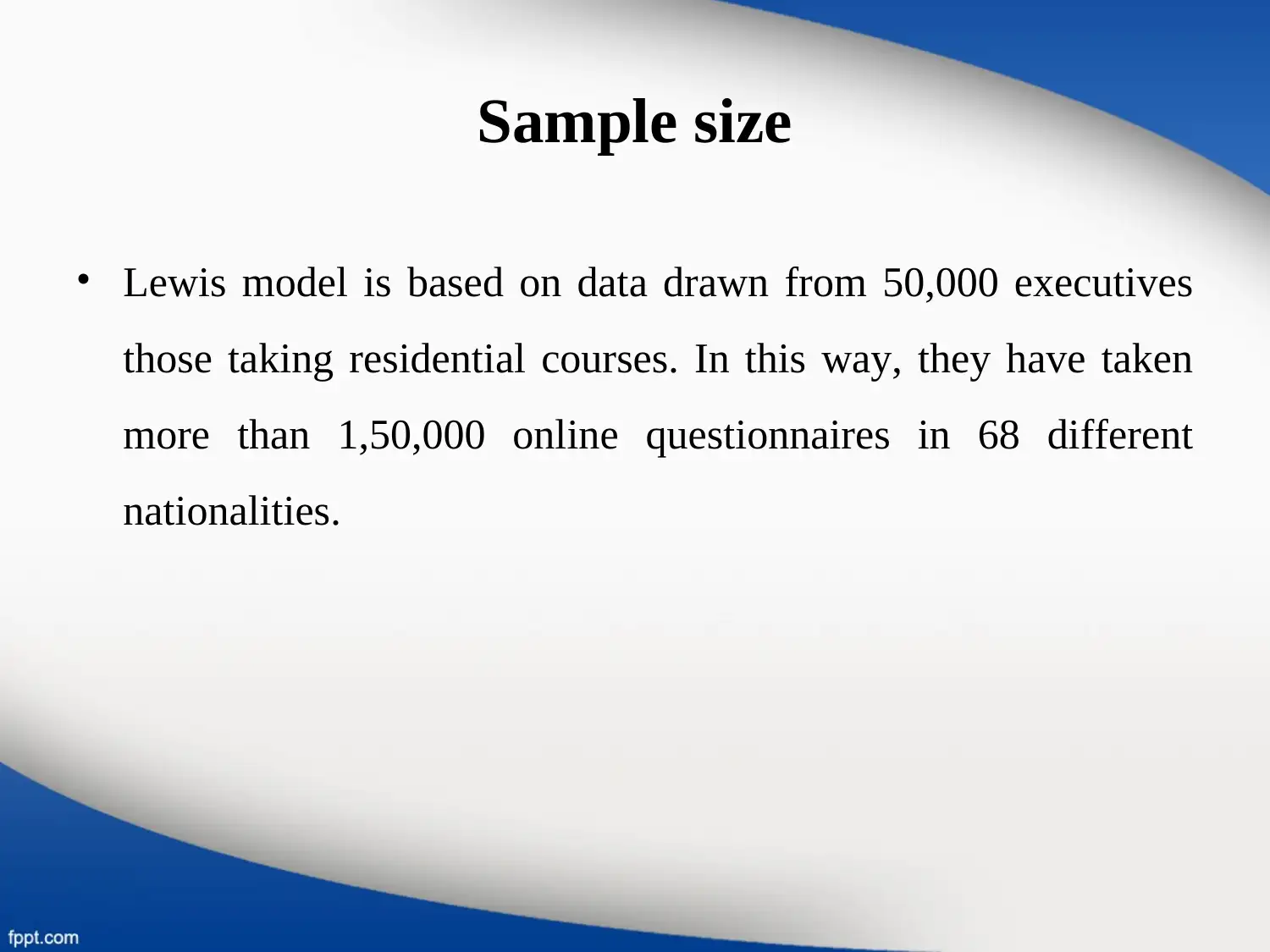
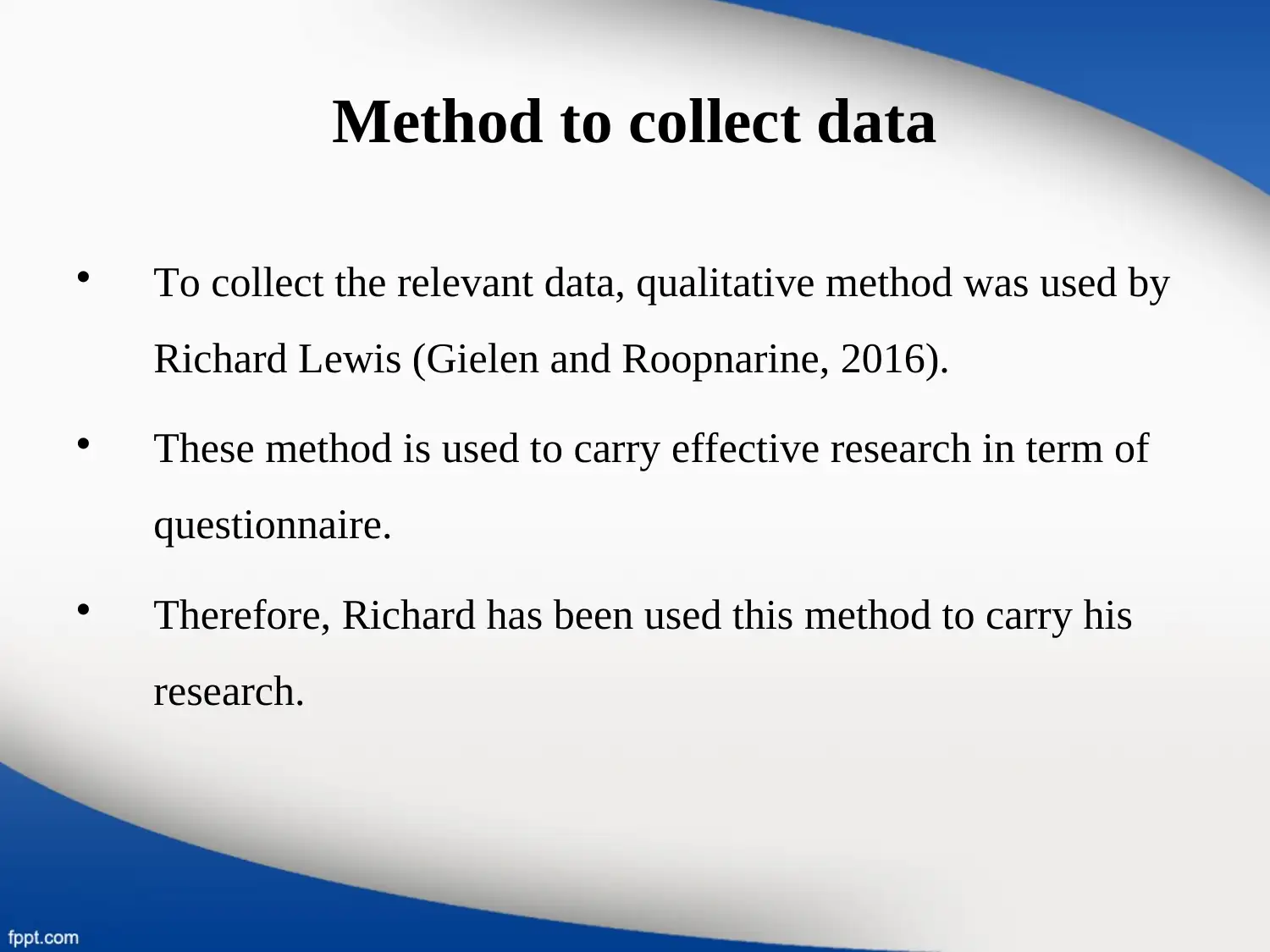
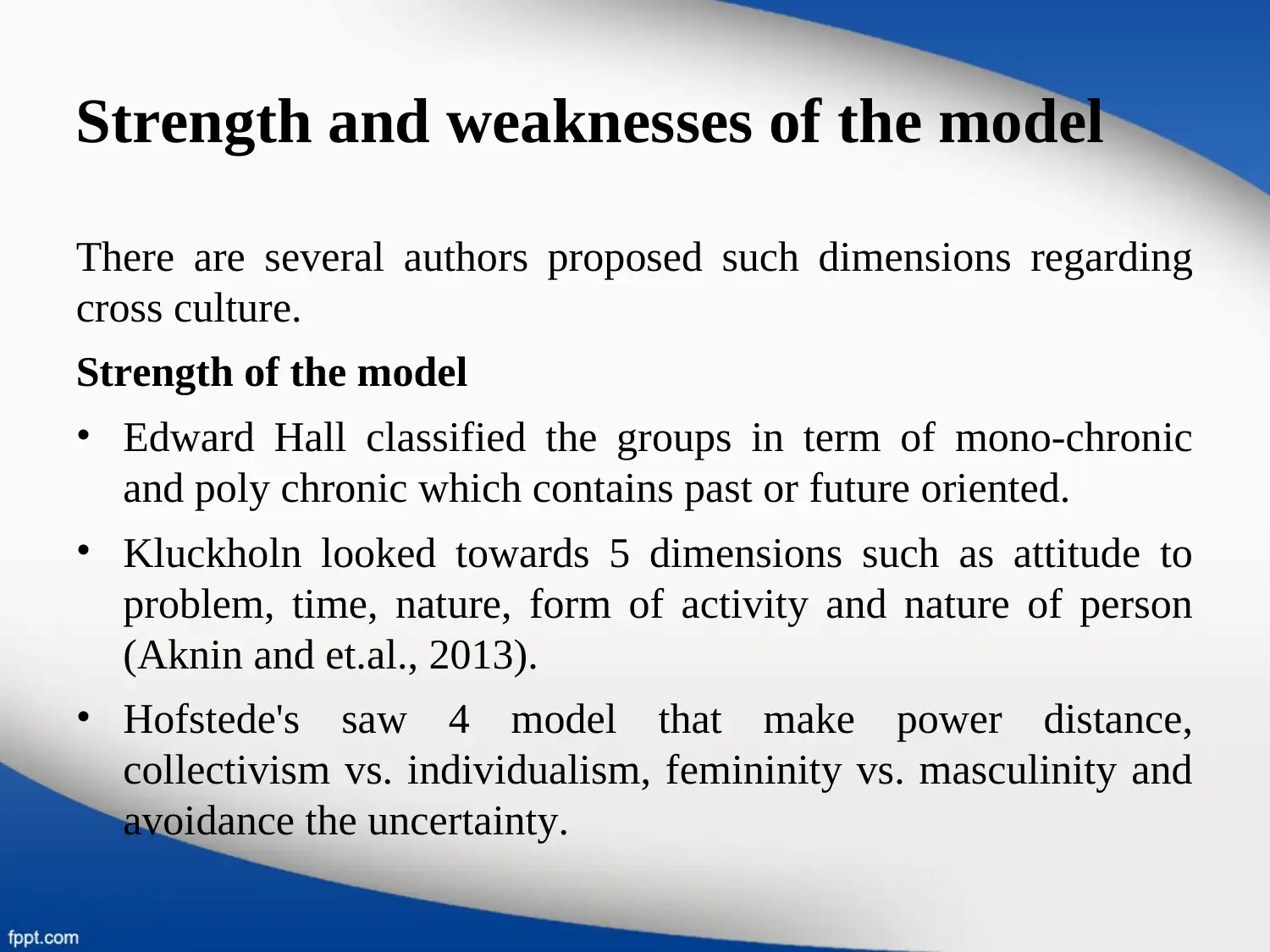
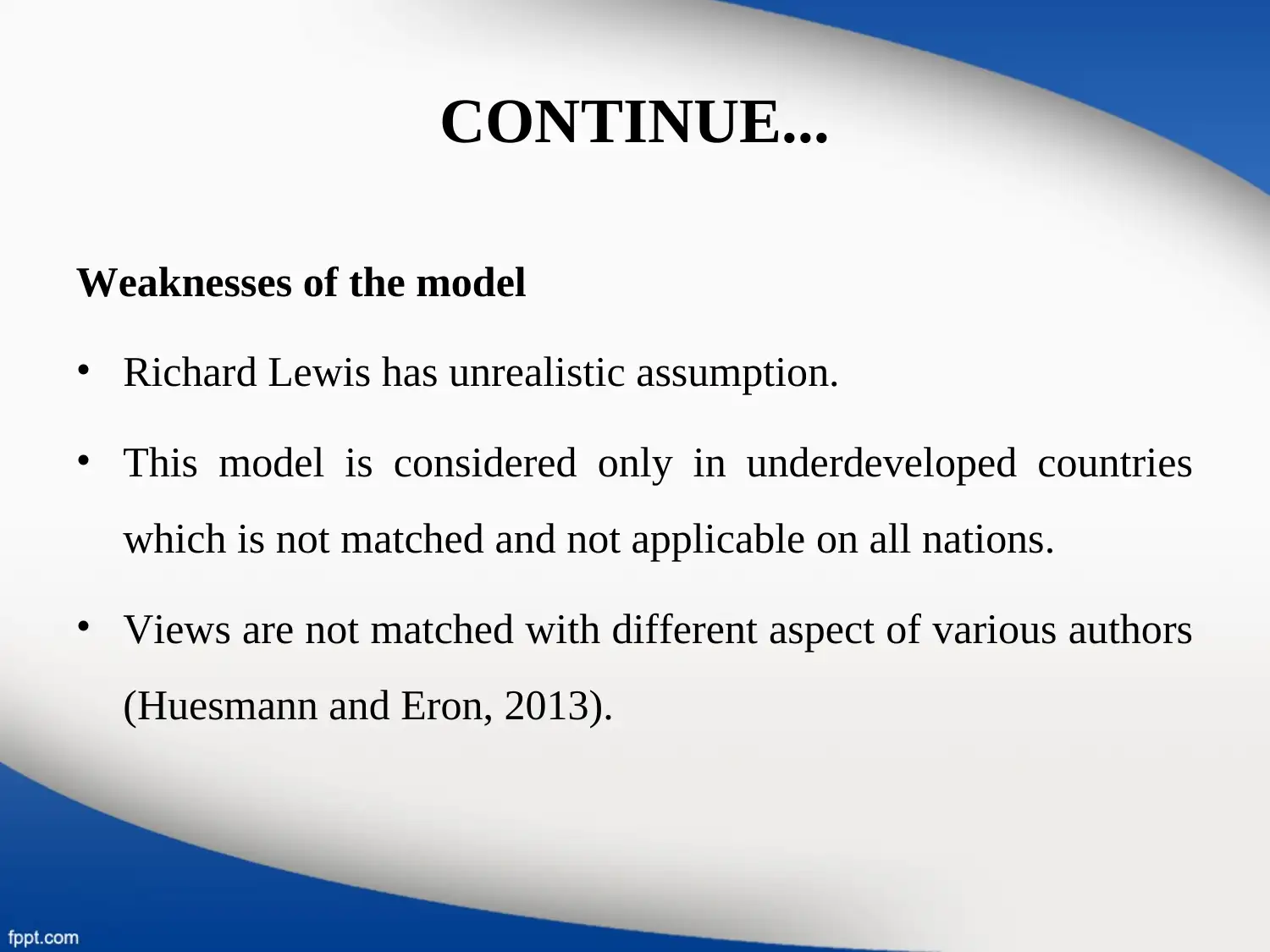
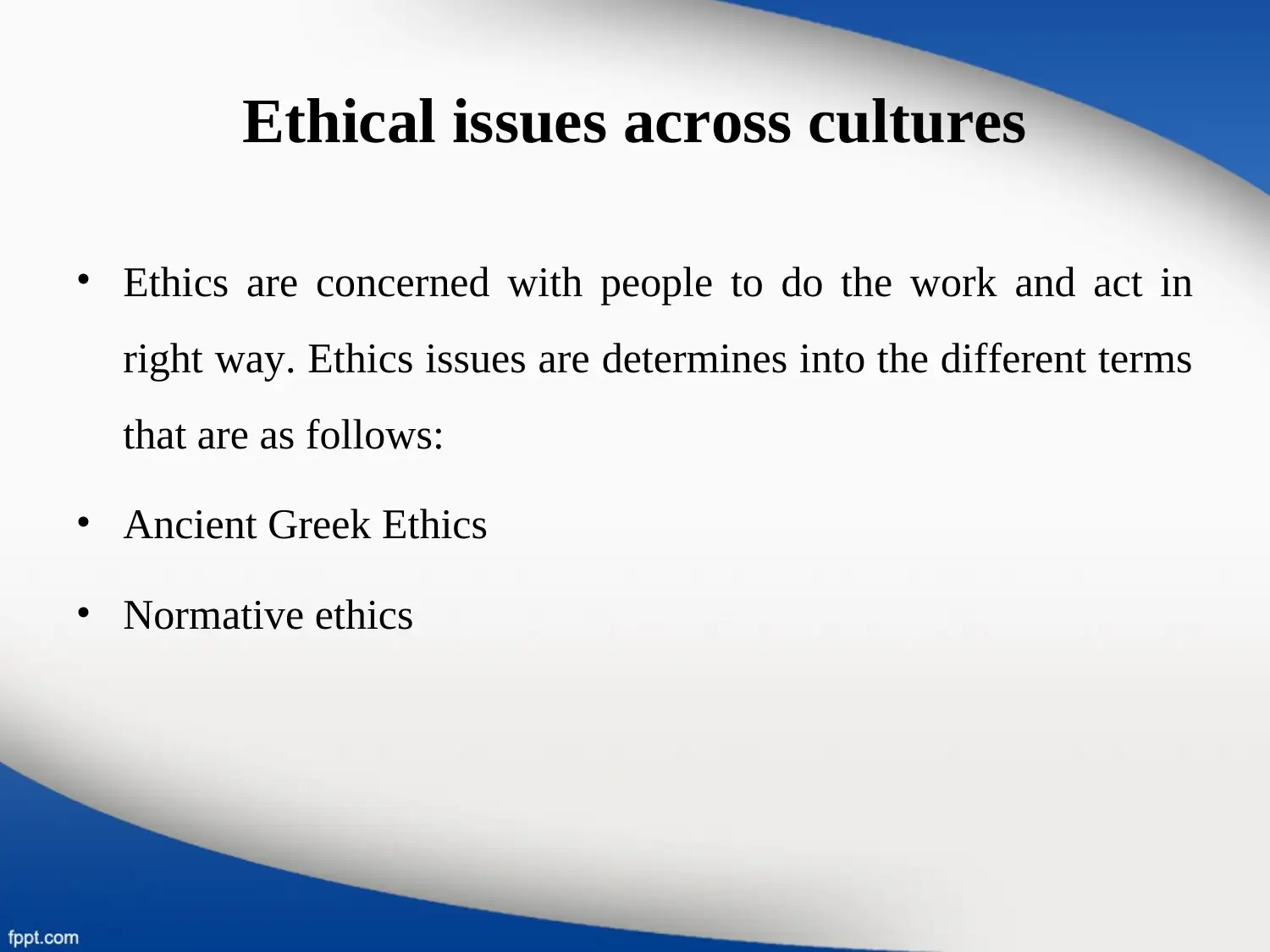
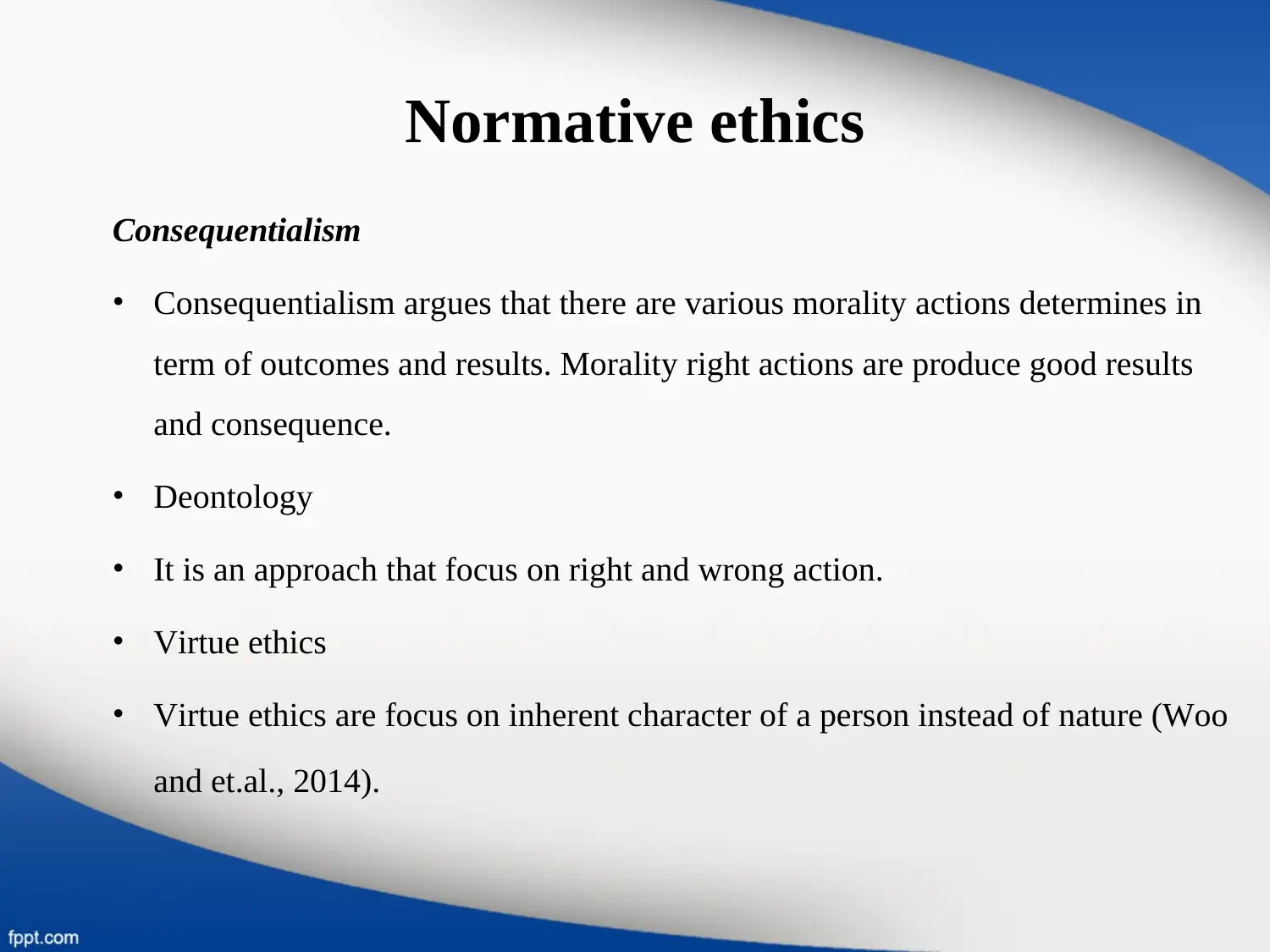
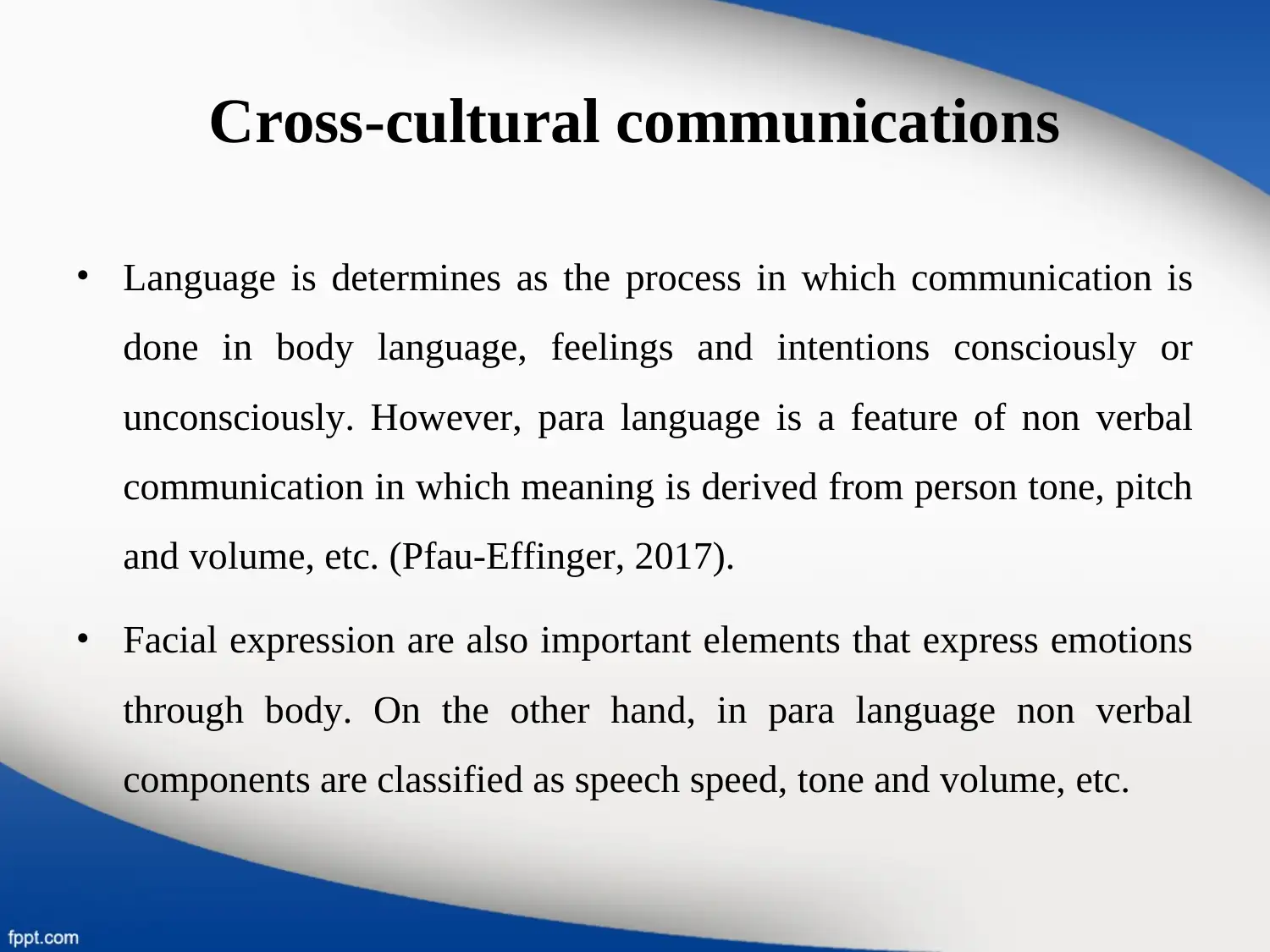
![[object Object]](/_next/static/media/star-bottom.7253800d.svg)